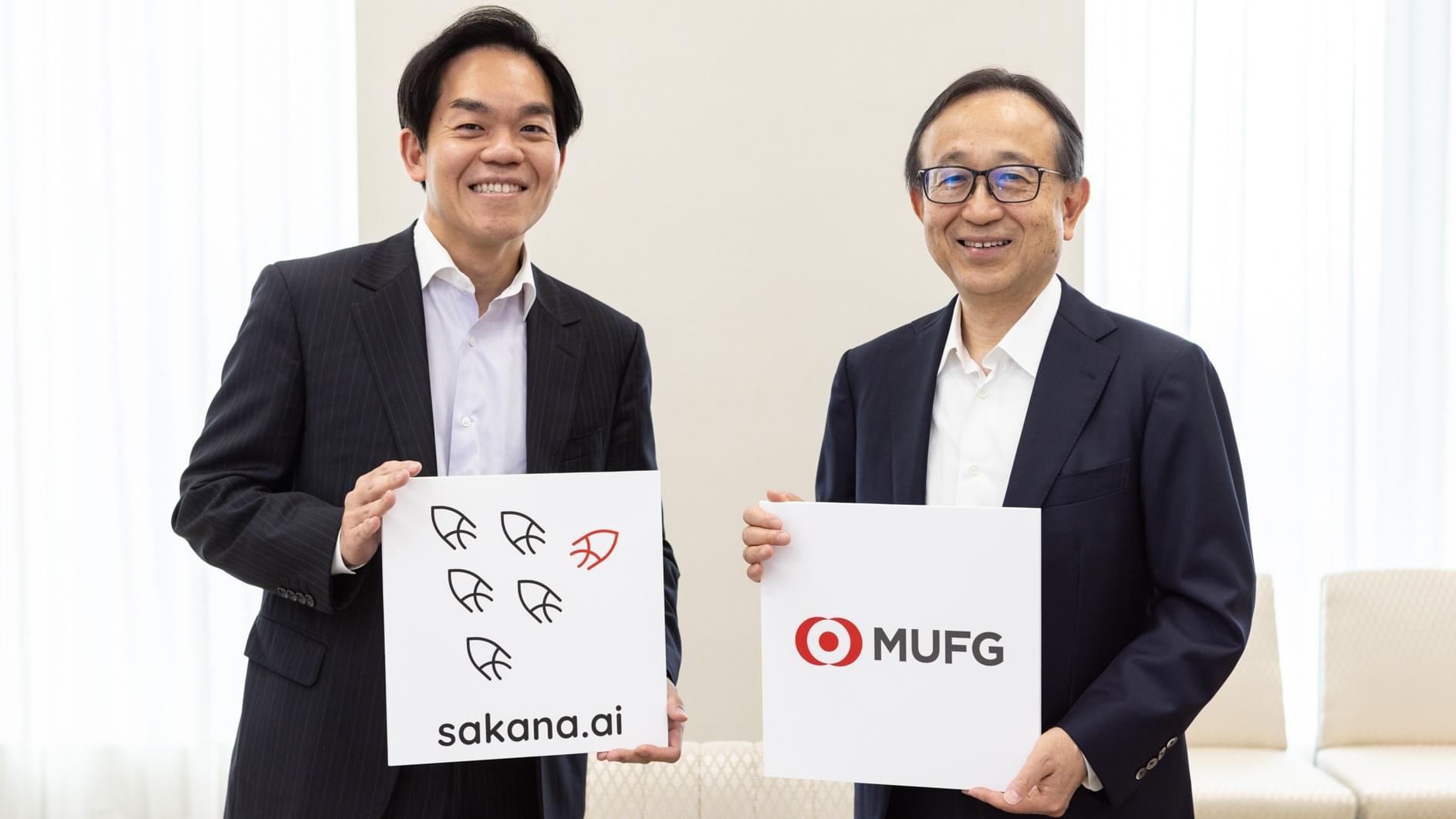Earlier this month, Aurora Innovation kicked off driverless truck operations in Texas, starting off with a freight route between Dallas and Houston for commercial customers. The SAE Level 4 trucks, operating without a safety driver in the cab, have been making the 250-mile route that has been the focus of quite a bit of testing by several autonomous truck developers, many of which have been getting driverless truck infrastructure ready.
Getting to this point took years of research and plenty of on-road testing, in environments open and closed to regular traffic, with Aurora Innovation achieving a successful round of validation testing. In fact, years of supervised testing by Aurora has already seen 10,000 customer loads delivered by its prototypes, spanning some 3 million miles.









